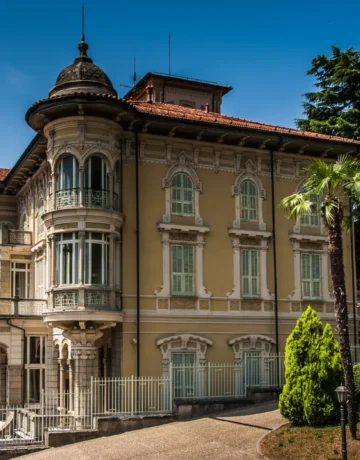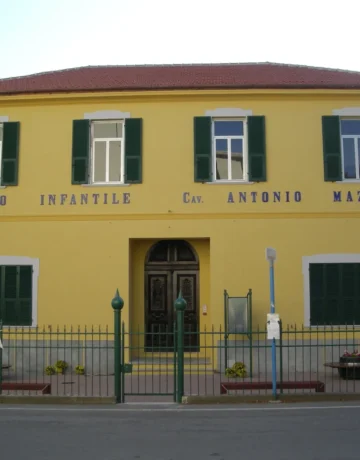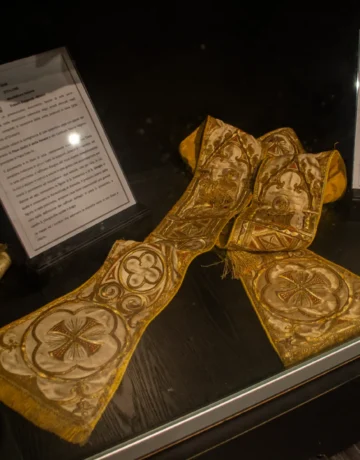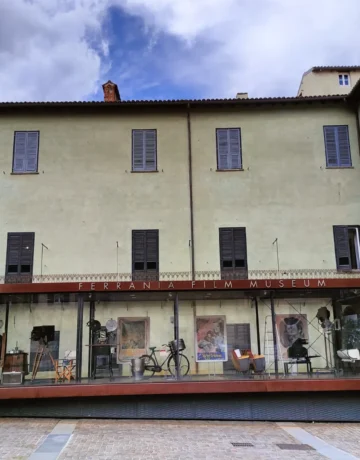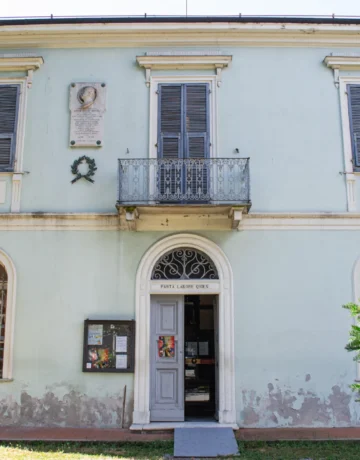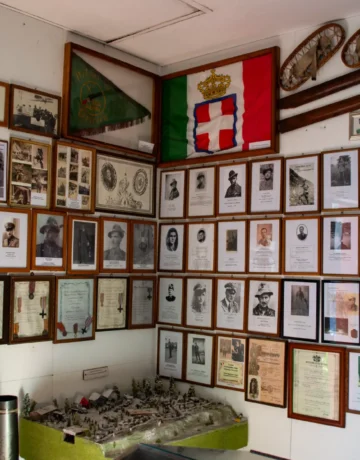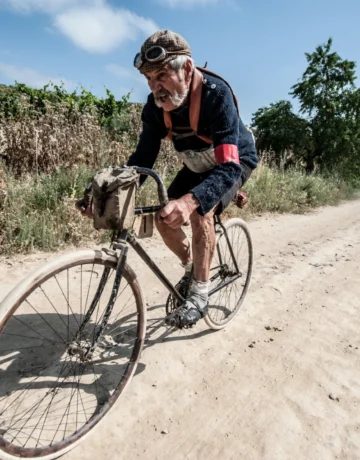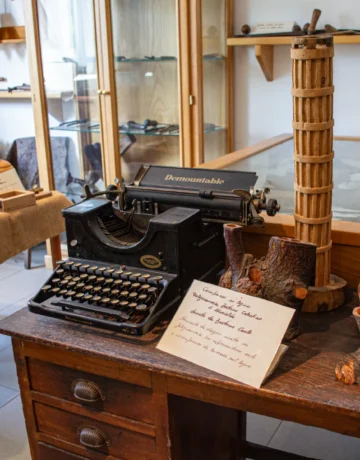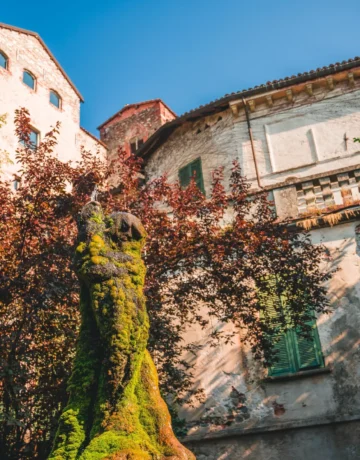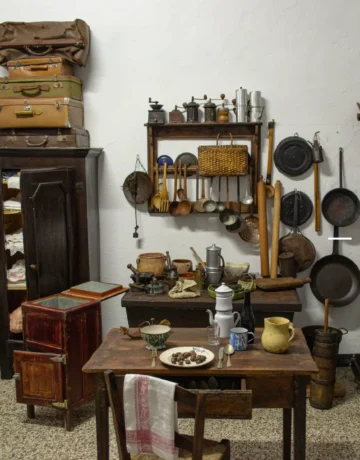Val Bormida Museums
The Glass Art Museum of Altare is housed inside Villa Rosa, a liberty style villa of the early twentieth century and gather a collection of artistic and common use objects, created between the late eighteenth century and the second half of the twentieth century by the S.A.V. – Società Artistico Vetraria- (Artistic Glassmaking Society).
There are two demonstration furnaces in the garden.
It is possible to deepen the history and glassmaking tradition also thanks to multimedia support.
Tools tell the human brilliance
A summary of all aspects of daily life and primarily agricultural work, preceding industrialism, are exposed in over 400 original compositions. This singular collection of thousands tools, is result of the peasant population genius and creativity, mainly from the Val Bormida.
The ingenious and original modifications made to some tools are unique inventions of daily utility.
Inside its rooms the elegant exhibition offers Dalmatiche (liturgical vestments worn by deacons in Christian churches, generally made of fine fabrics), Chasubles – Pianete (a liturgical vestment made of precious materials and decorated with religious symbols), Copes – Piviali (worn during solemn liturgies or special ceremonies) and stoles of precious, rare and ancient manufacture.
a The rich fabrics and beautiful polychrome embroidery, made of gold and silver, testify to the importance and the ancient ambition of the community of the Bormida village.
–
A Museum of industrial and territorial culture, dedicated to the film factory founded in 1917 in Ferrania (Cairo Montenotte – Savona).
The sensitive factory: workers, machines, knowledge.
Products and communication.
The cinema factory and the social factory.
Homes, families, after-work activities.
Writings, images, archives.
A museum “sensitive” to stories, intelligences, and research paths.
Villa Maura hosts the house-museum of the writer and journalist Anton Giulio Barrili. Here you will have the opportunity to admire historical memorabilia, books, magazines and a correspondence of about 20,000 letters exchanged with important figures such as Giuseppe Garibaldi or Giosuè Carducci.
Since 1967, upon the death of the heirs, the villa became Municipal property and has housed the Museum and the Library since the 1980s.
The Alpino Museum of Carcare was founded in 2004 on the initiative of the local Alpini Group and boasts a rich collection of military objects, books, photographs and personal effects of some of the many Alpini troops of the Italian Army who fought hard during both World Wars.
Welcome to the history of cycling: here passion knows no frontiers.
The Wood Museum of Mallare was established in 2013 to collect, document and disclose the history and culture of an area closely connected to the woods, the use of the chestnut tree and its management.
The tools, models and reconstructions exposed allow to immerse in peasant culture, offering an interesting insight into everyday life up to the last century.
The Napoleonic Museum is located at Villa Scarzella, a nineteenth-century impressive residence. It consists of an important collection of original prints, drawings, maps, posters and notices that testify to the events related to the victorious Italian Campaign of Napoleon Bonaparte.
It is interesting to see the series of models reproducing some scenes inspired by the clashes on the Val Bormida battlefields. The Museum collection also includes several and different military and civil finds unearthed on the battle grounds.
In addition to the Museum it is also possible to visit the Del Carretto Castle and the Visitor Centre of the Regional Natural Park named “Bric Tana”.
300 years of “Alta Valbormida” history
The museum collects the objects and tools of daily life, used for survival in small villages of the various mountain hamlets.
The current world is now very far from the one witnessed in the “Once upon a time” Museum where visitors can appreciate the daily lives of that time, the ingenuity and adaptation of the people who lived in harmony with the surrounding environment.

